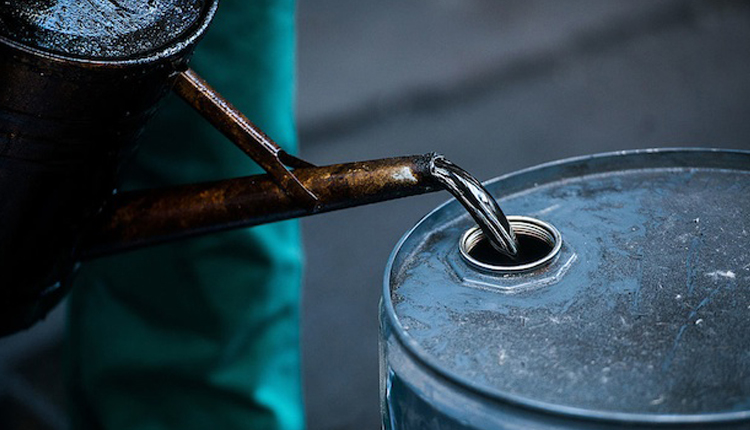Egypt’s non-oil private-sector activity expanded for the first time in eight months in April, and saw its highest reading since August 2015, a survey showed on Sunday.
The Emirates NBD Egypt Purchasing Managers’ Index (PMI) for the non-oil private sector strengthened to 50.8 in April from 49.9 in March, breaching the 50 mark that separates growth from contraction for the first time since August last year.
The April reading was the highest in over three-and-a-half years, and only the sixth reading in positive territory since. Analysts linked the improved overall business conditions largely to “greater market movement and an increase in demand,” the PMI report said.
A sub-index for output also returned to expansion, rising to 51.1 in April from 49.9 in March. The upswing came after last month’s significant rise of over three points, reaching its highest since August.
“The improvement from the first quarter – the PMI index averaged just 48.9 over January to March – was broad-based, with most of the index’s subcomponents returning positive 50-plus readings,” said Daniel Richards, MENA economist at Emirates NBD.
The output sub-index was positive for the first time since November 2017 “as firms noticed stronger demand, and a positive reading for new orders for the second month in a row bodes well for this continuing over subsequent readings,” Richards said.
New exports orders remained in contractionary territory, though rose to 48.9 in April from 46.8 in March. It was the slowest contraction since December. “Some firms noted a lack of new foreign contracts and a shift in focus towards domestic sales,” the report said, while “others saw higher demand from new markets such as Italy, Turkey and Japan.”
Future output sentiment improved from March, and saw its second-highest reading in 12 months. Companies said “new projects, increased tourism and expansion into new foreign markets are likely to boost business activity,” the report said.
“With input prices increasing at a faster rate than seen in March, firms’ margins will be squeezed by ongoing price discounting,” Richards said. “Nevertheless, they appear to be more confident with regards (to) future conditions”.
“This greater optimism is reflected in their hiring, as employment returned a reading above 50.0 – albeit marginally – for the first time since 2015.”
Source: Reuters



